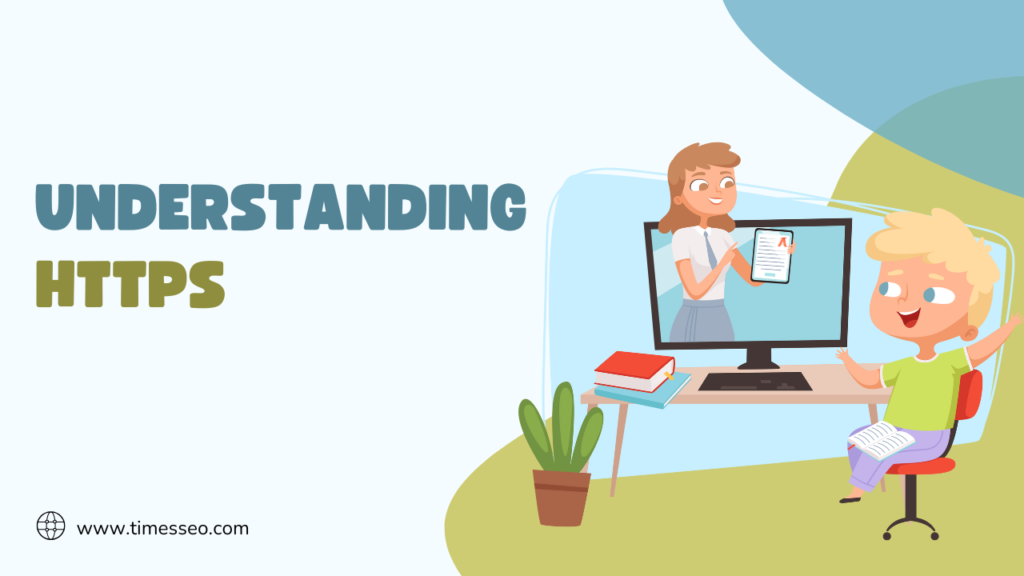
HTTPS Migration Checklist for Bloggers and Content Creators
This comprehensive HTTPS migration checklist helps bloggers and content creators securely transition their websites from HTTP to HTTPS. Learn step-by-step how to boost security, improve SEO rankings, and build trust with your audience while avoiding common migration mistakes.
Table of Contents
Introduction
If you’re a blogger or content creator, your website is your digital home. But imagine inviting guests into your home without locking the door. That’s what running your site without HTTPS feels like. Migrating to HTTPS isn’t just a tech upgrade—it’s a must for security, SEO, and credibility. This guide will walk you step-by-step through the migration process, ensuring you avoid pitfalls and enjoy all the benefits.
Understanding HTTPS
What is HTTPS?
The encrypted and secure version of HTTP is called HTTPS (HyperText Transfer Protocol Secure). It encrypts the data exchanged between your site and your visitors using SSL/TLS, protecting it from prying eyes.
How HTTPS Works
Think of HTTPS like a sealed envelope. The contents cannot be read by anyone, even if they manage to intercept it. The encrypted and secure version of HTTP is called HTTPS (HyperText Transfer Protocol Secure).
Difference Between HTTP and HTTPS
HTTP transmits data in plain text; HTTPS encrypts it. That’s why Google, browsers, and users prefer the secure version.
Benefits of HTTPS for Bloggers and Content Creators
Security and Data Protection
Payment information, personal information, and login credentials are shielded from hackers by HTTPS. Even if you’re “just a blogger,” your audience’s trust depends on it.
SEO Advantages
Google considers HTTPS a ranking signal. That means migrating can boost your visibility in search results.
Improved Trust and Credibility
A “Secure” lock icon reassures visitors they’re safe on your site—critical for growing your audience.
Better User Experience
HTTPS ensures your site loads without browser warnings, keeping readers from bouncing off.
Pre-Migration Preparations
Back Up Your Website
Before touching anything, create a full backup of your site, including the database and files.
Update CMS and Plugins
An outdated platform can cause compatibility issues. Update WordPress, themes, and plugins.
Check Hosting Compatibility
Make sure your hosting provider supports SSL/TLS and offers HTTPS-friendly features.
Choose the Right SSL/TLS Certificate
Options include Domain Validation (DV), Organization Validation (OV), and Extended Validation (EV). Pick one that matches your needs.
Step-by-Step HTTPS Migration Checklist
Purchase and Install an SSL Certificate
Get your SSL from your host or a trusted certificate authority (CA). Many hosts now offer free SSLs via Let’s Encrypt.
Update Internal Links
Change all internal links from http:// to https://—including images, scripts, and stylesheets.
Set Up 301 Redirects
Use 301 redirects to automatically send visitors from HTTP to HTTPS URLs, preserving SEO value.
Update Sitemap and Robots.txt
Generate a fresh sitemap with HTTPS URLs and update your robots.txt file.
Fix Mixed Content Issues
Replace insecure http:// resources to avoid browser warnings.
Update CDN Settings
If you use a CDN, update the URL settings to serve HTTPS content.
Post-Migration Tasks
Use Google Search Console and Bing Webmaster Tools to verify.
Add the new HTTPS version of your site to search engine consoles for indexing.
Monitor Traffic and Rankings
Expect minor fluctuations, but watch for significant drops that may indicate migration errors.
Check Analytics Tracking
Update your Google Analytics property to reflect HTTPS.
Resubmit Your Sitemap
Ensure search engines crawl your new secure URLs quickly.
Best Practices for a Smooth Transition
Test in Staging Before Going Live
To identify problems early, test everything in a secure setting.
Communicate Changes to Your Audience
Tell your readers about the update—it reinforces trust.
Monitor Site Health Regularly
Run periodic security and performance audits.
Common Mistakes to Avoid
Forgetting to Redirect Old URLs
Without redirects, you lose both visitors and SEO rankings.
Ignoring Mixed Content Errors
Even one insecure element can trigger a warning and harm trust.
Skipping Site Performance Tests
Sometimes HTTPS can slow load times slightly—test and optimize.
Conclusion
Making the switch to HTTPS is like to switching from a weak lock to a steel vault. It increases SEO, fosters confidence, and safeguards your website. With this checklist, bloggers and content creators can transition smoothly without sacrificing performance or search rankings. The key is preparation, execution, and consistent monitoring.
Frequently Asked Questions
Not always—Let’s Encrypt offers free certificates, but premium options offer higher validation and support.
Usually, no. Modern hosting and HTTP/2 protocols ensure speed stays consistent.
Only update links and media to HTTPS; your content remains intact.
For small blogs, it can be done in a day; larger sites may take longer.
Technically no, but browsers increasingly block or warn about HTTP sites, so it’s strongly recommended.
Table of Contents
Popular Posts
-
 Affordable Technical SEO Audit for Small Business: A Complete Guide26 Jun 2025 Blog
Affordable Technical SEO Audit for Small Business: A Complete Guide26 Jun 2025 Blog -
 How to Get an Affordable Technical SEO Audit for Small Business27 Jun 2025 Blog
How to Get an Affordable Technical SEO Audit for Small Business27 Jun 2025 Blog -
 The Ultimate Local SEO Audit Checklist for Startups28 Jun 2025 Blog
The Ultimate Local SEO Audit Checklist for Startups28 Jun 2025 Blog -
 Local SEO Audit Checklist for Startups: A Beginner’s Guide28 Jun 2025 Blog
Local SEO Audit Checklist for Startups: A Beginner’s Guide28 Jun 2025 Blog -
 Top On-Page SEO Audit Steps for Service Websites Every Business Should Know29 Jun 2025 Blog
Top On-Page SEO Audit Steps for Service Websites Every Business Should Know29 Jun 2025 Blog -
 Technical SEO for WordPress: The Ultimate Beginner’s Guide01 Jul 2025 Blog
Technical SEO for WordPress: The Ultimate Beginner’s Guide01 Jul 2025 Blog -
 The Impact of On-Page SEO Audit Steps for Service Websites on UX01 Jul 2025 Blog
The Impact of On-Page SEO Audit Steps for Service Websites on UX01 Jul 2025 Blog -
 Technical Mobile SEO Audit Tips for Developers02 Jul 2025 Blog
Technical Mobile SEO Audit Tips for Developers02 Jul 2025 Blog -
 Complete SEO Backlink Audit Guide for Better Google Rankings03 Jul 2025 Blog
Complete SEO Backlink Audit Guide for Better Google Rankings03 Jul 2025 Blog -
 Boost Your Rankings with Technical SEO for WordPress01 Jul 2025 Blog
Boost Your Rankings with Technical SEO for WordPress01 Jul 2025 Blog






